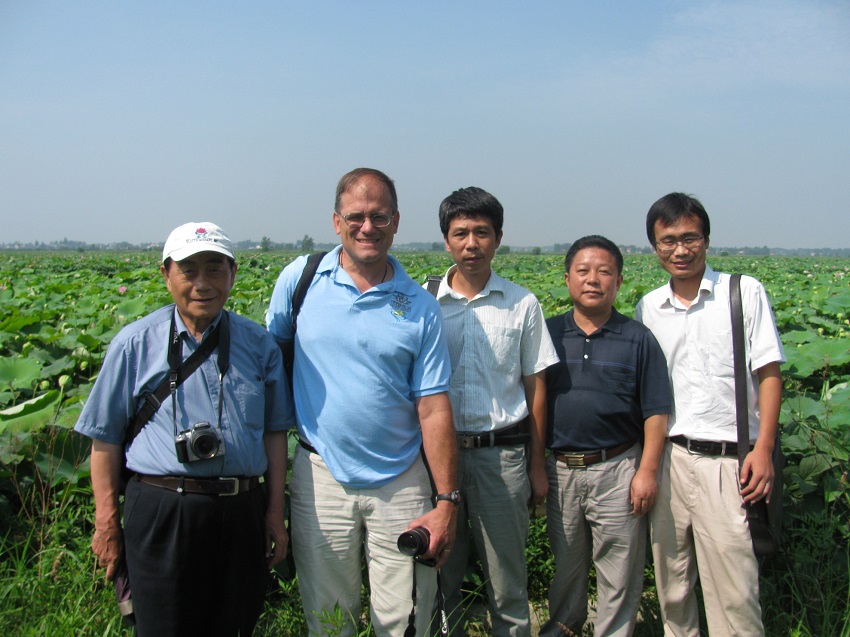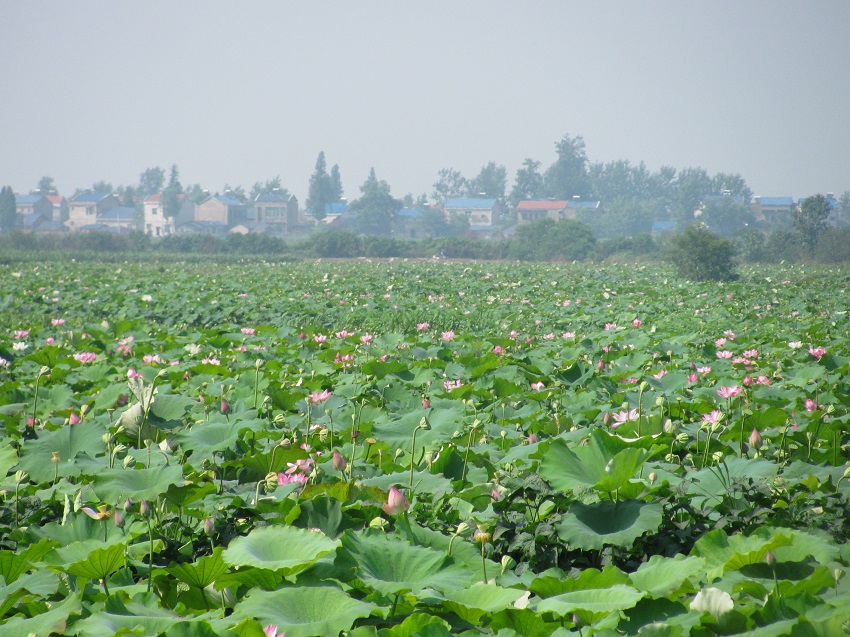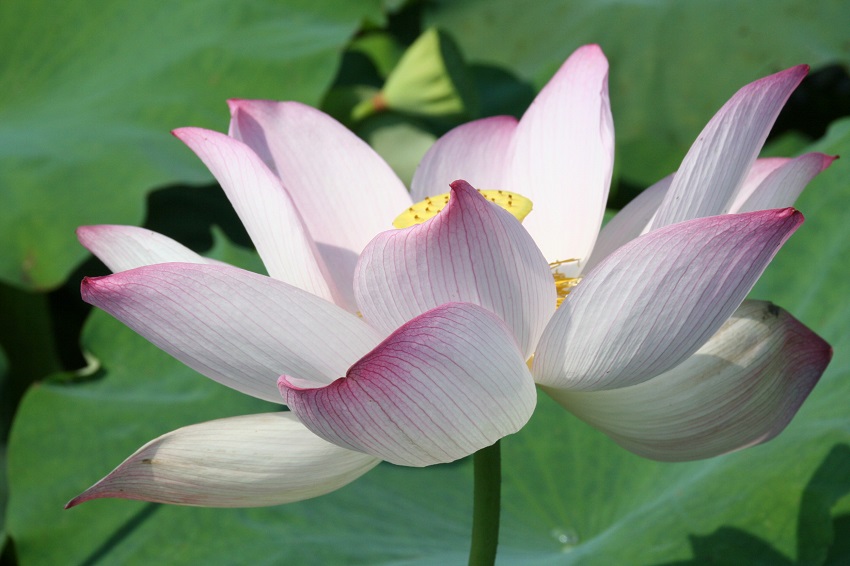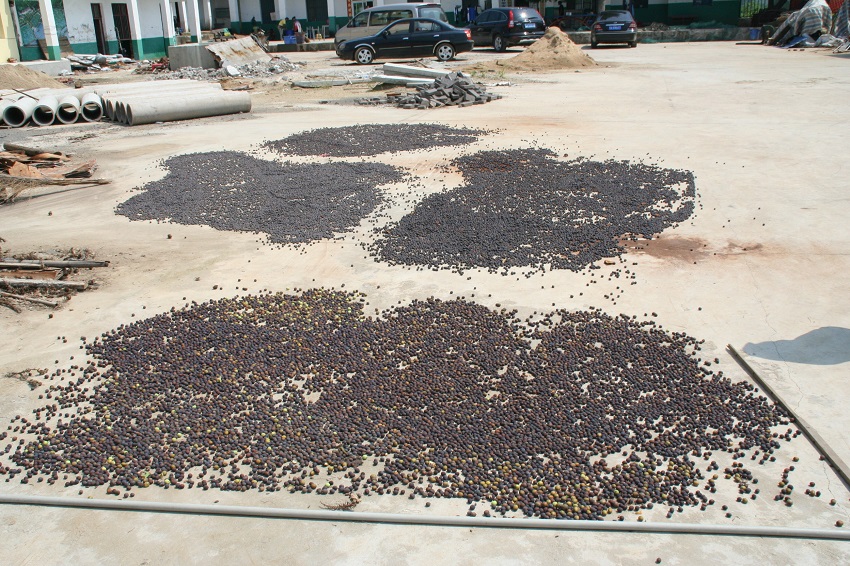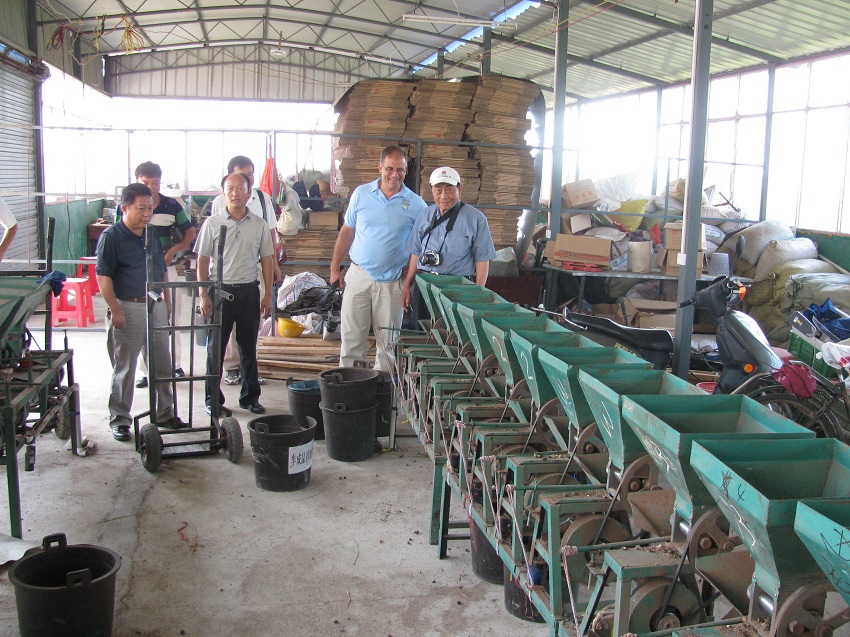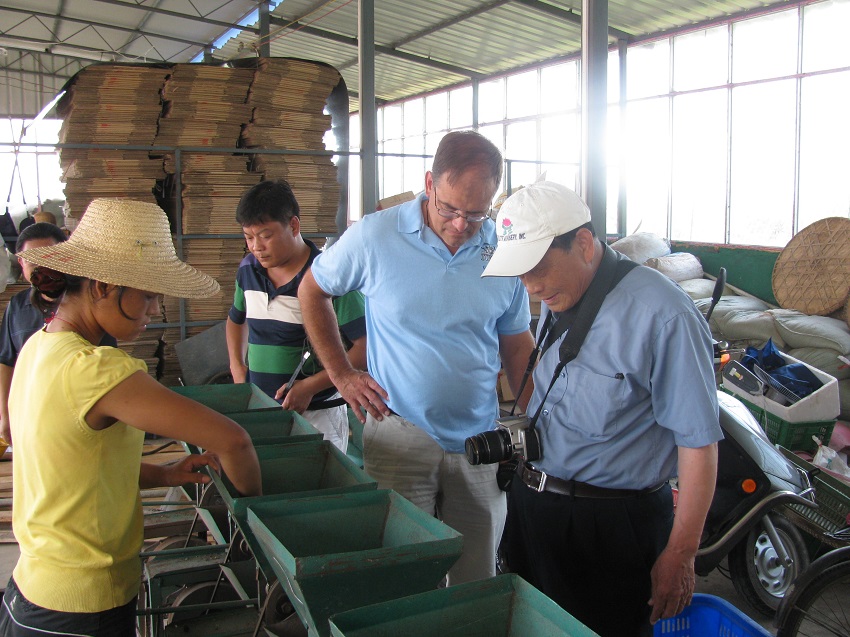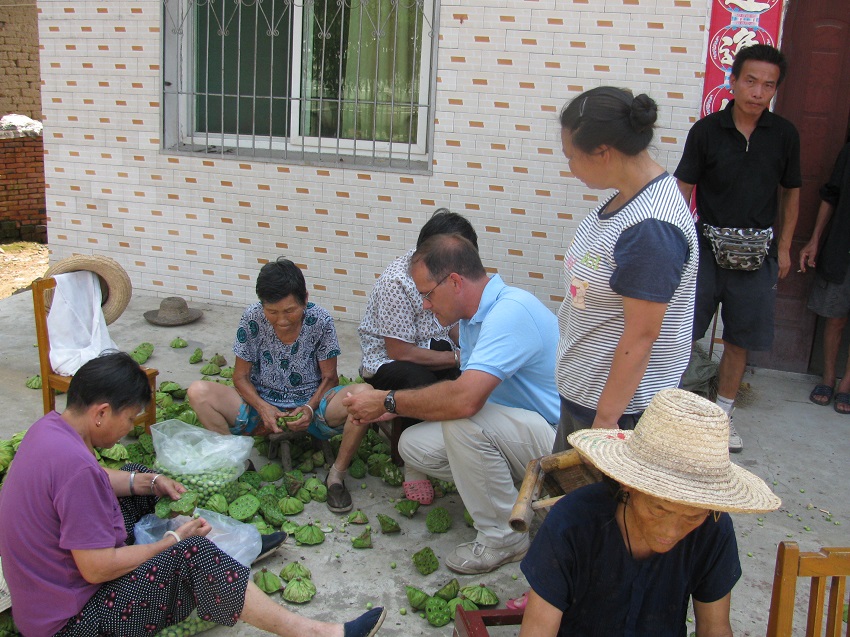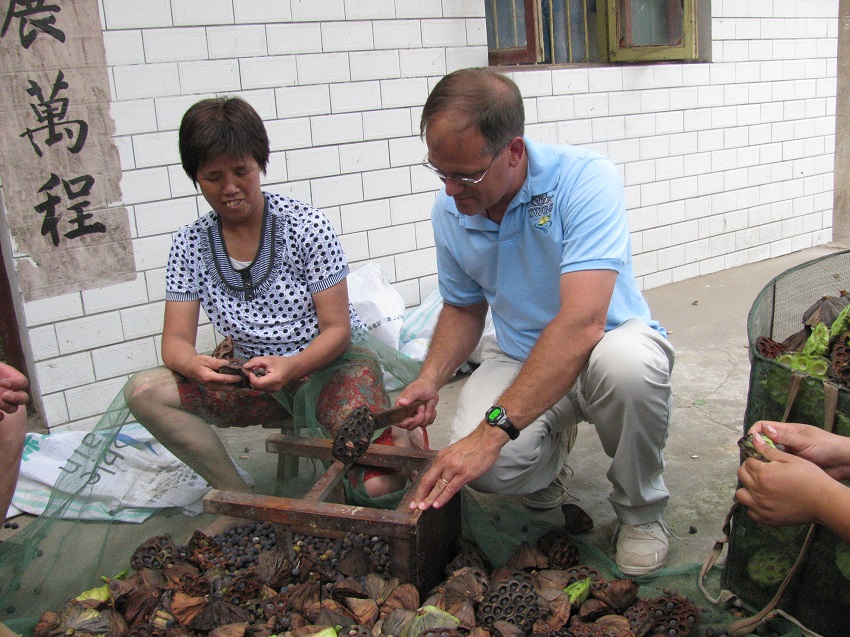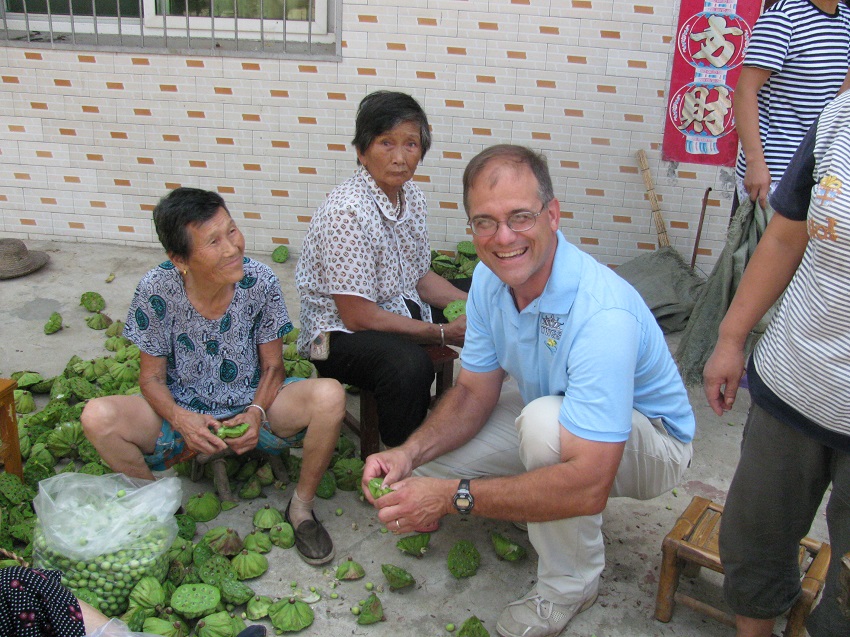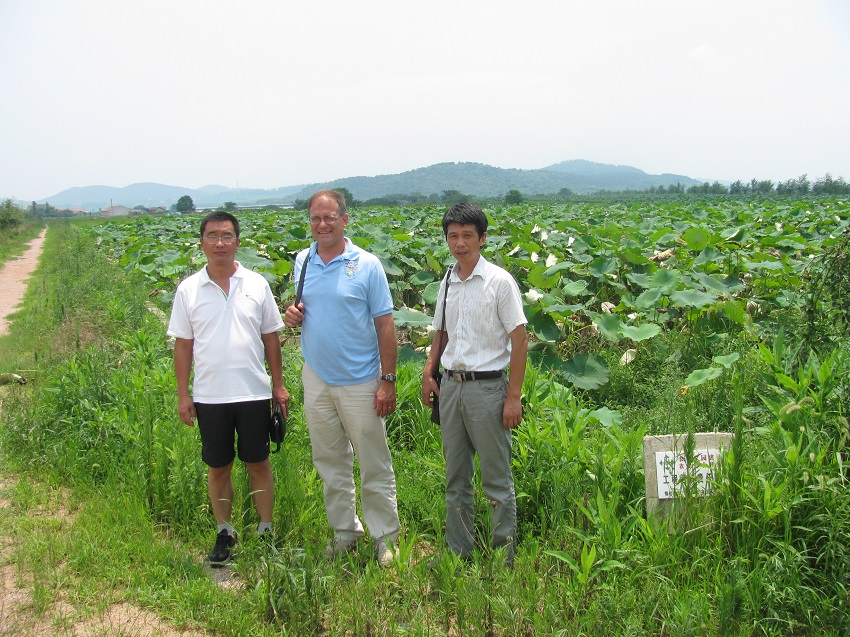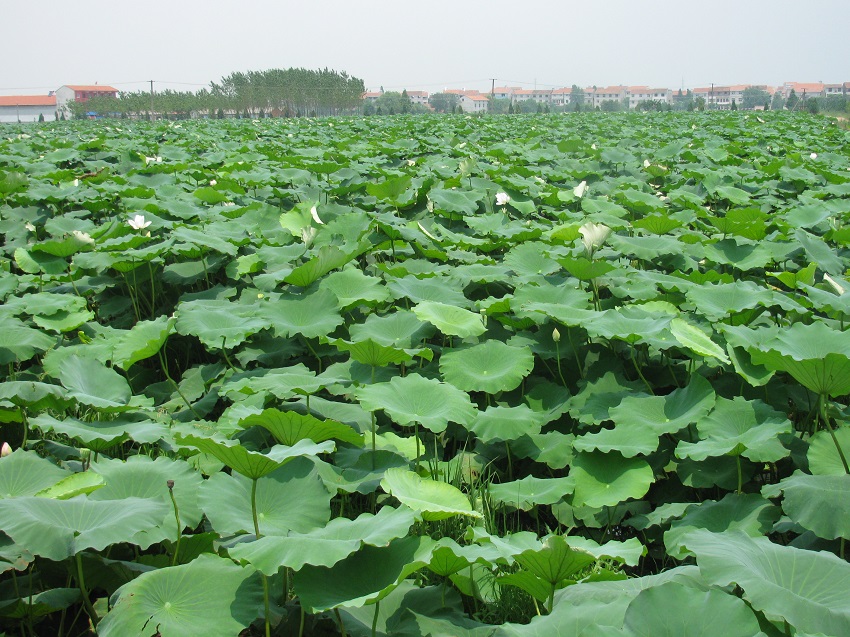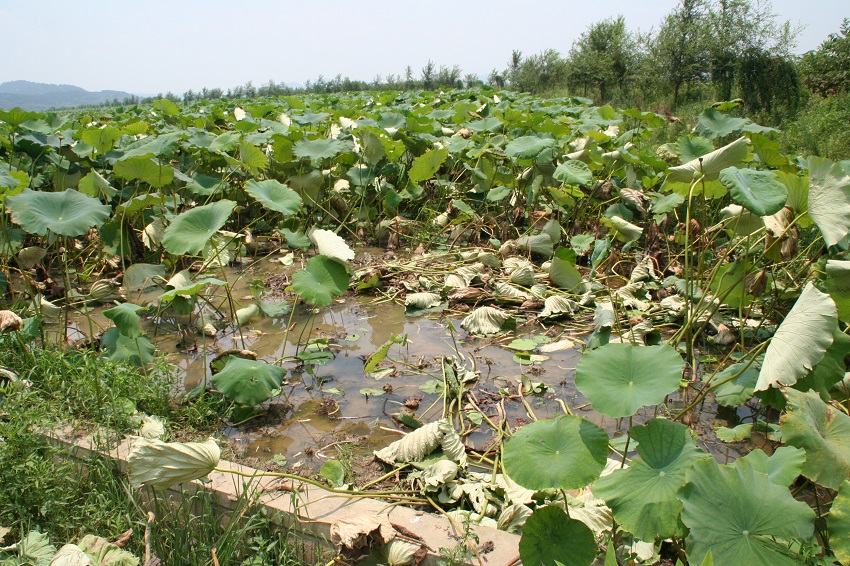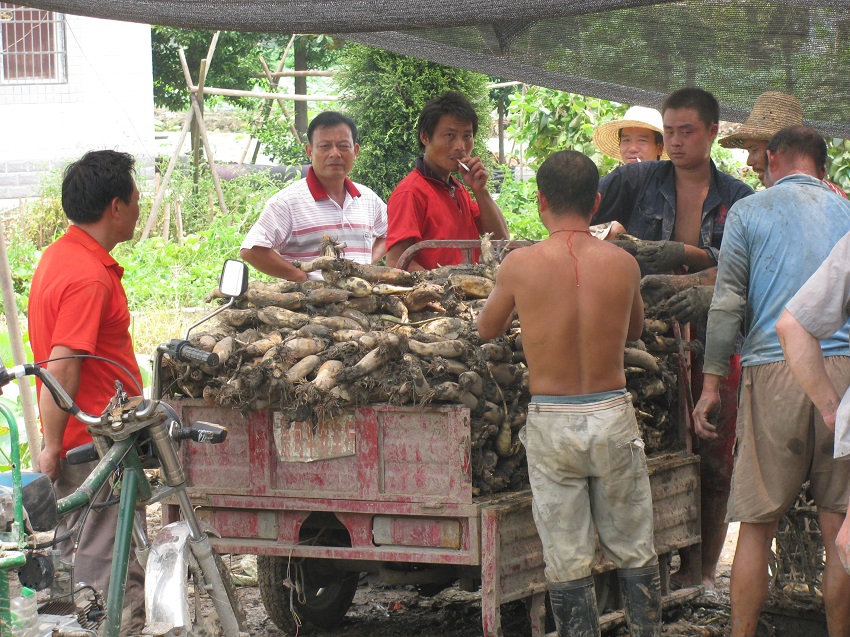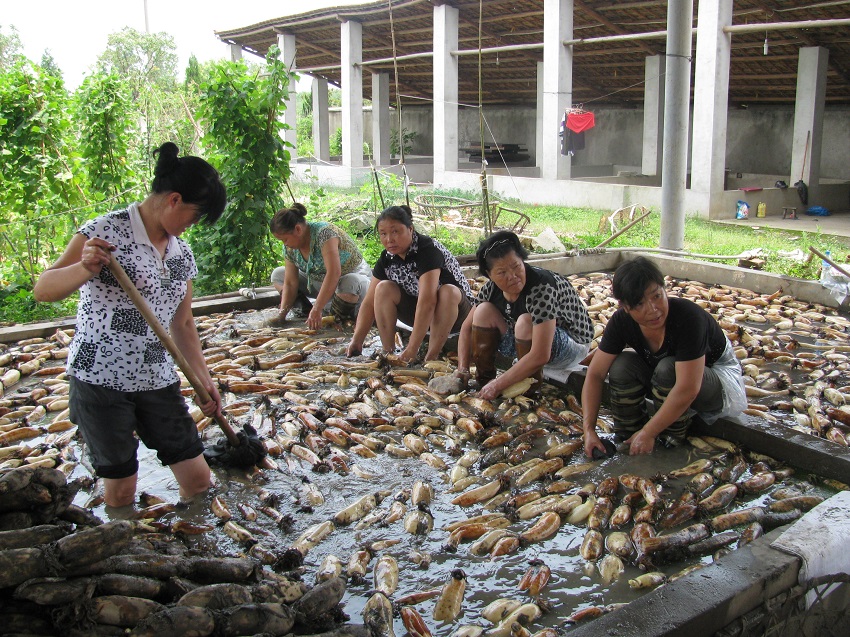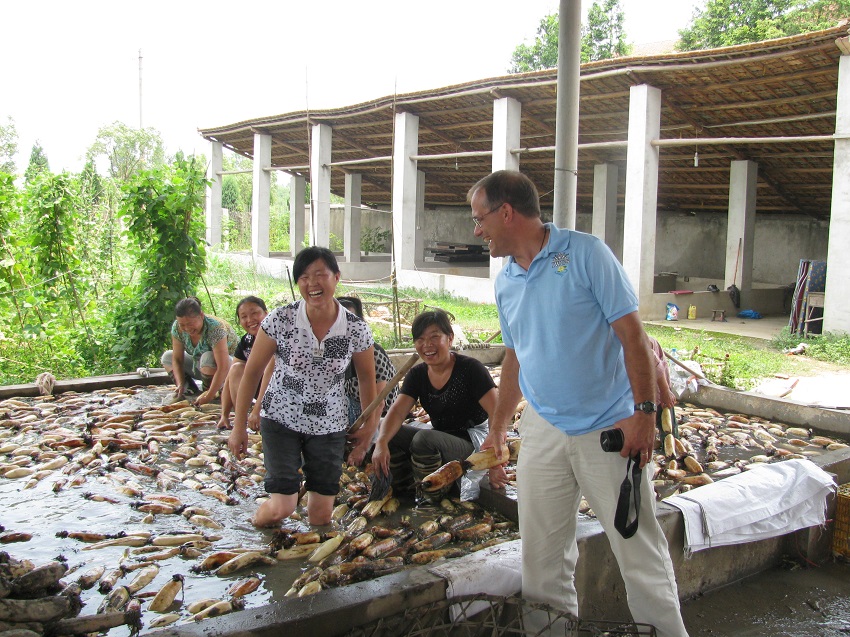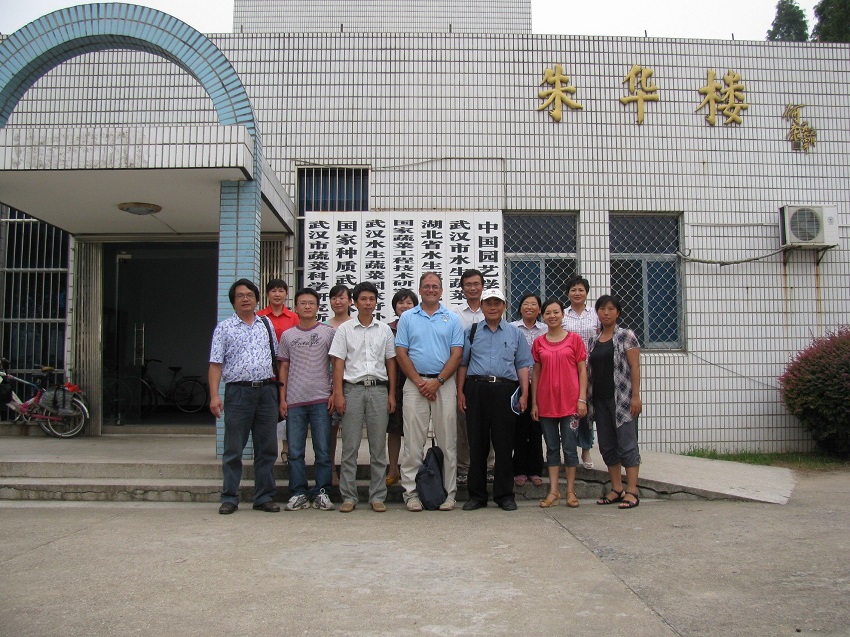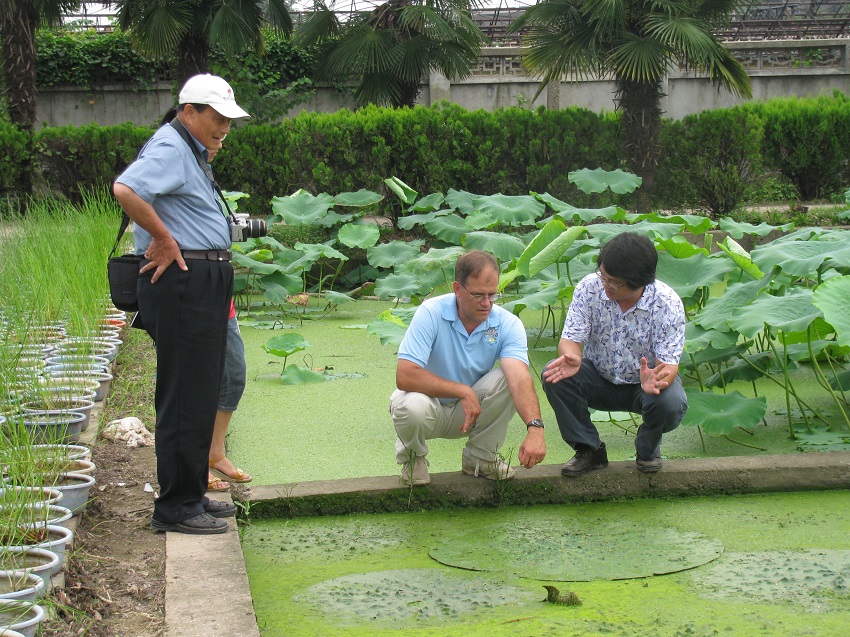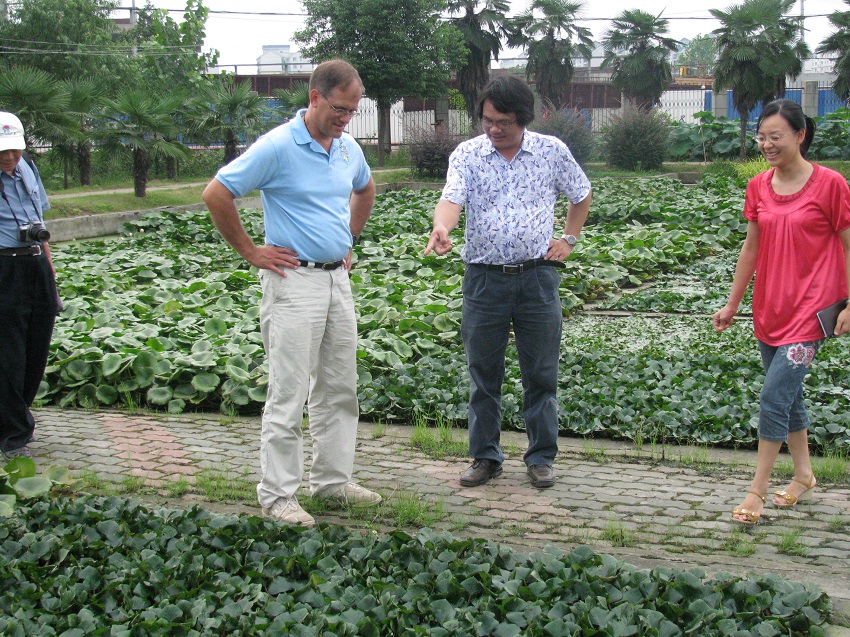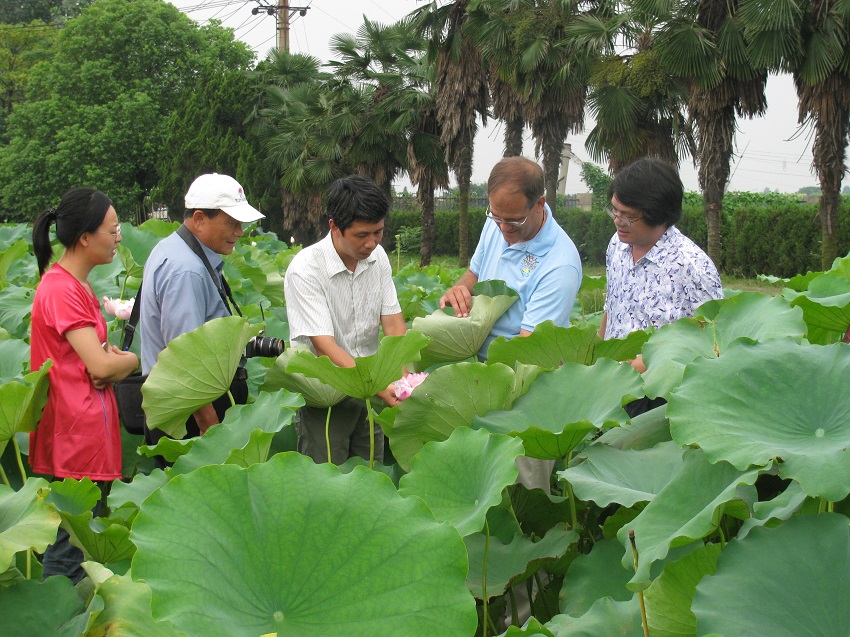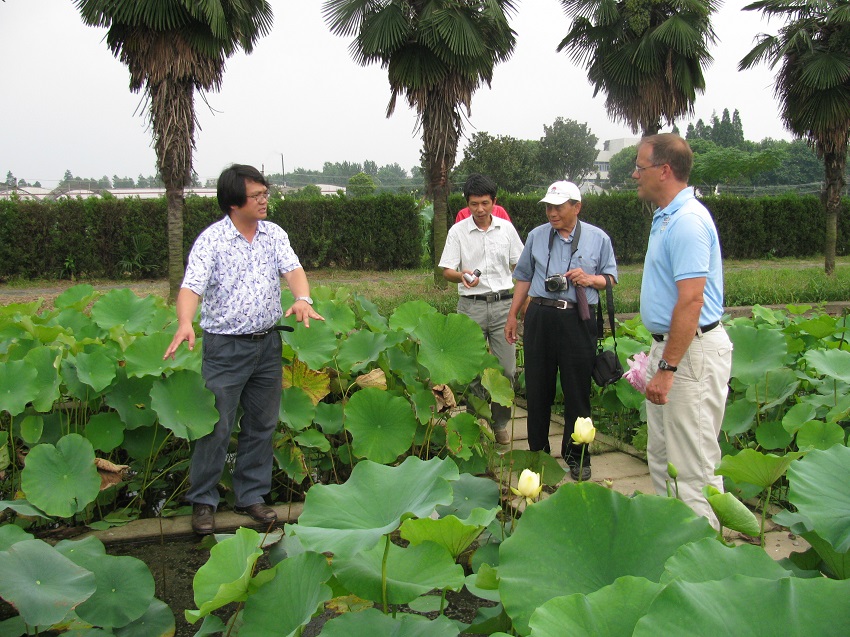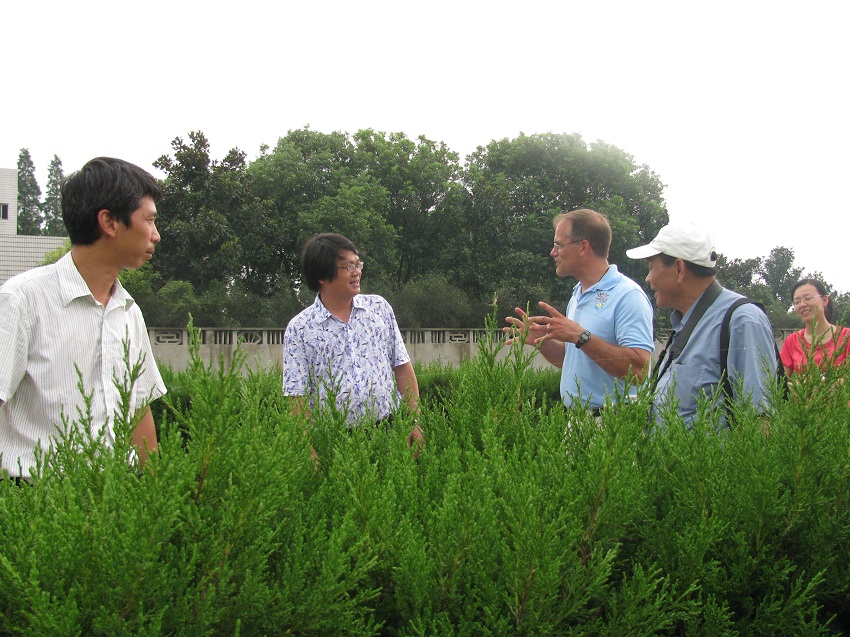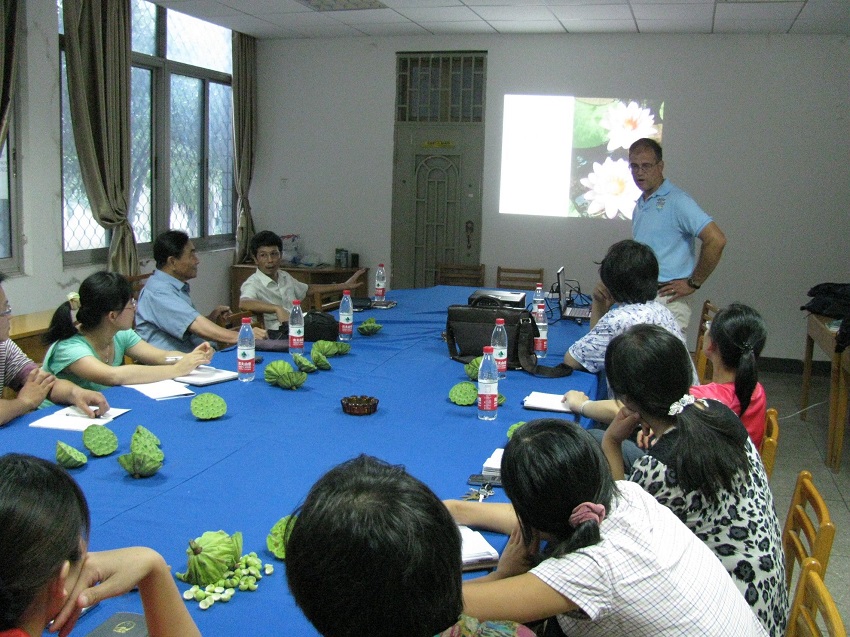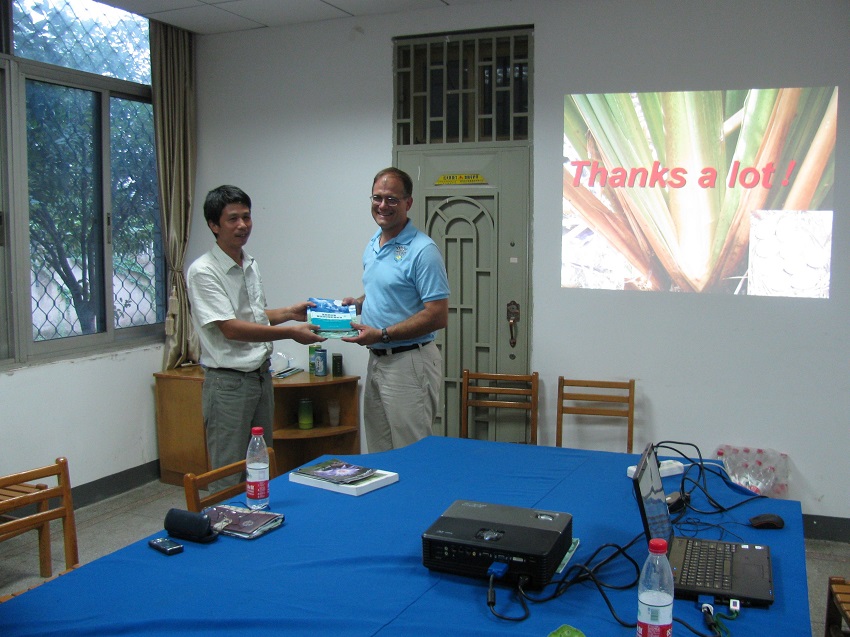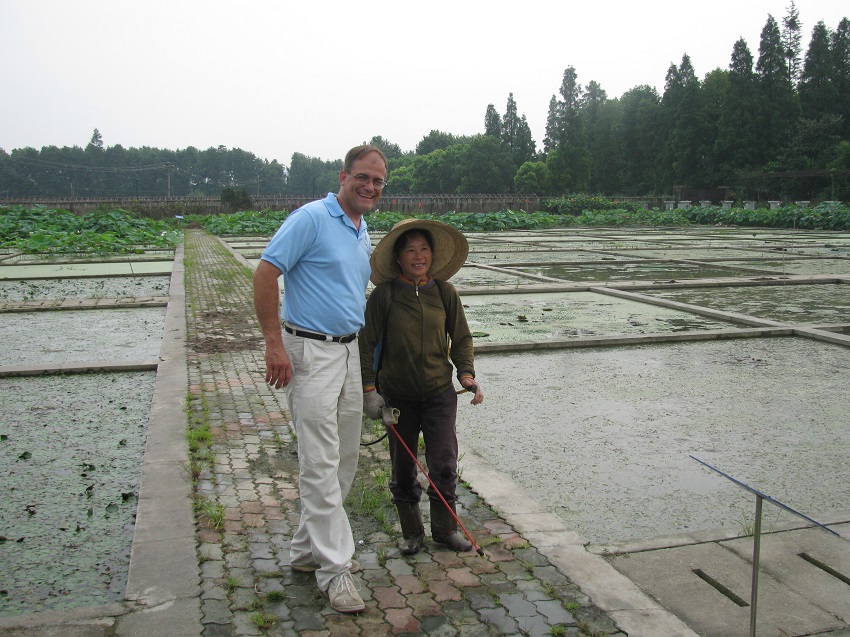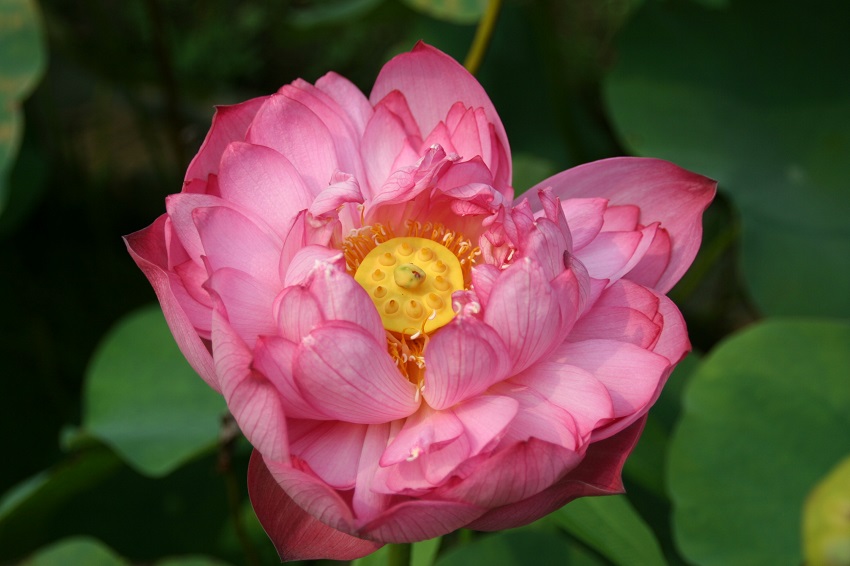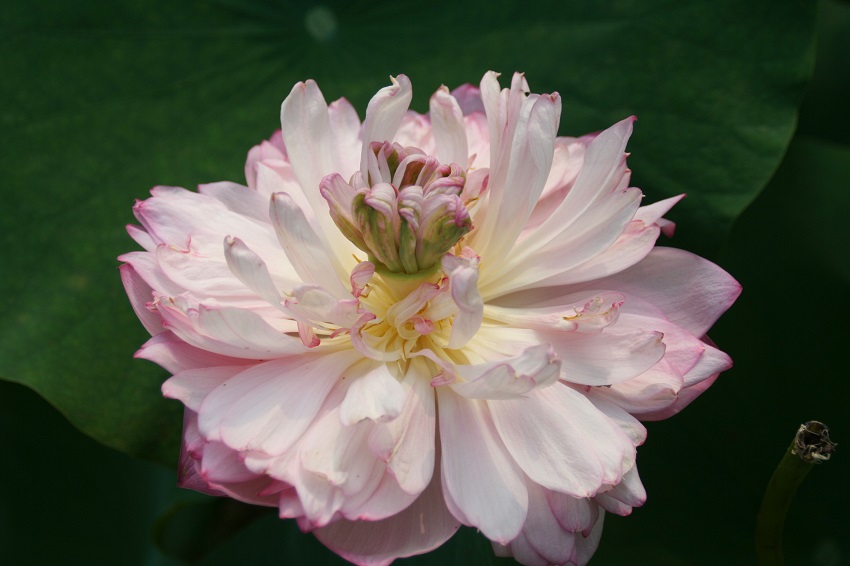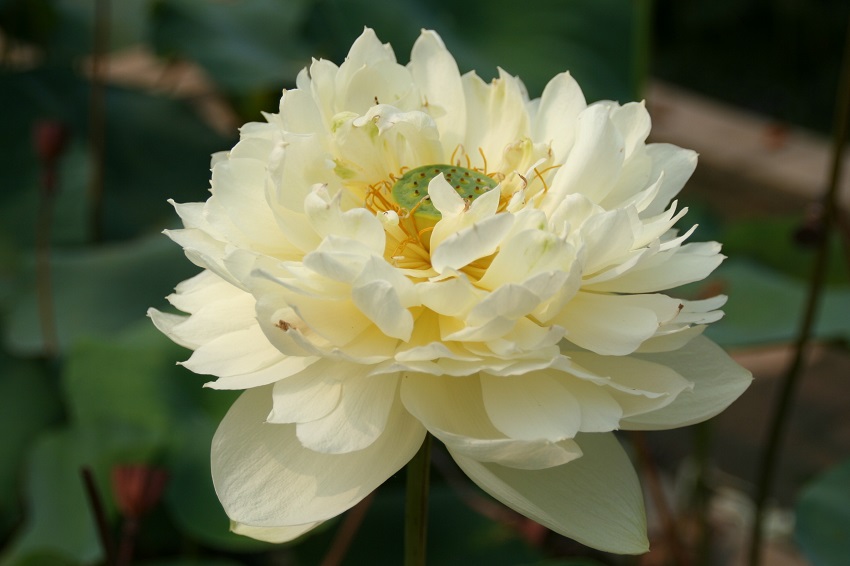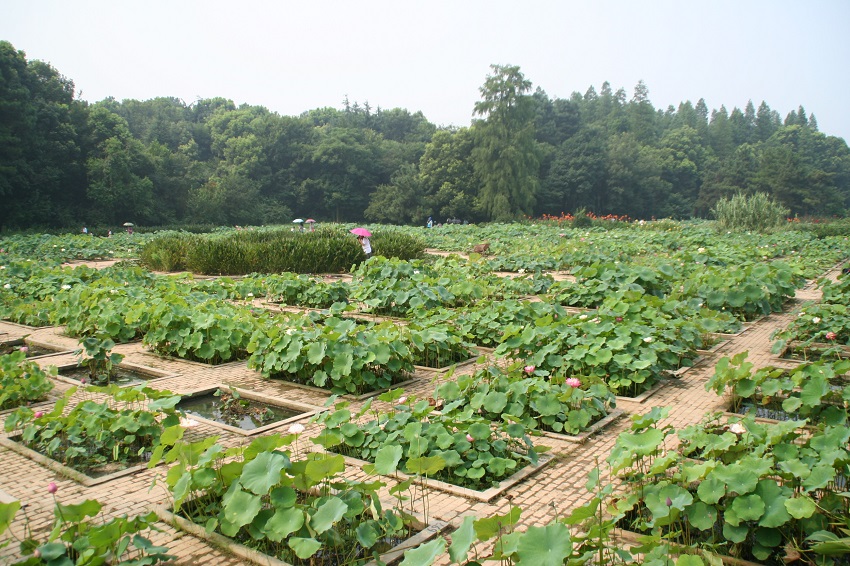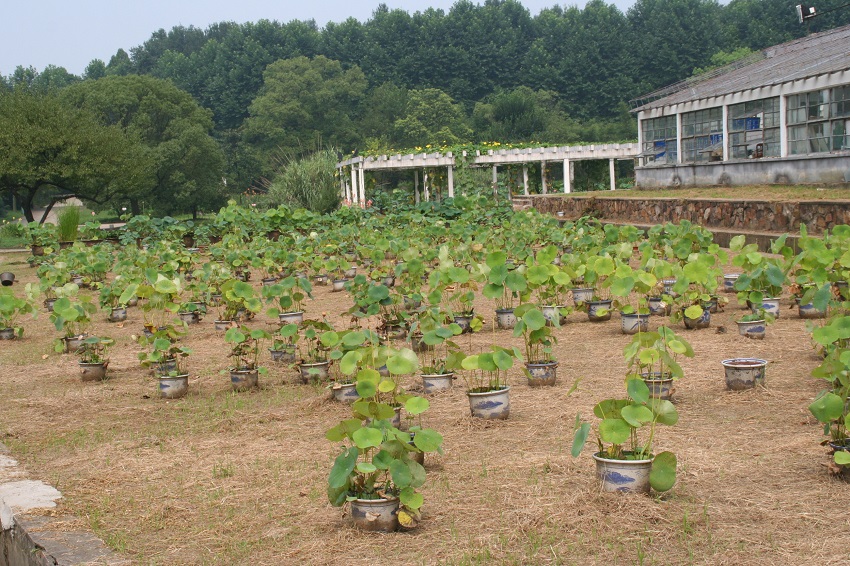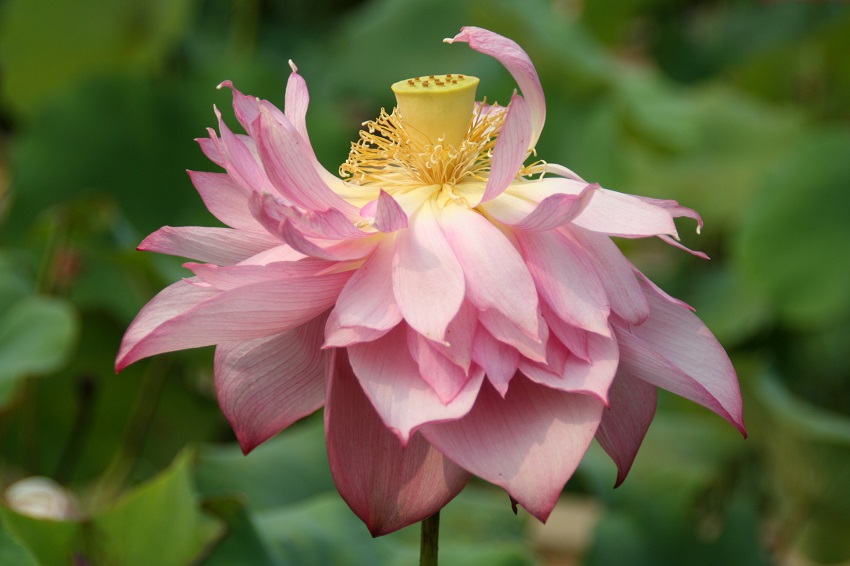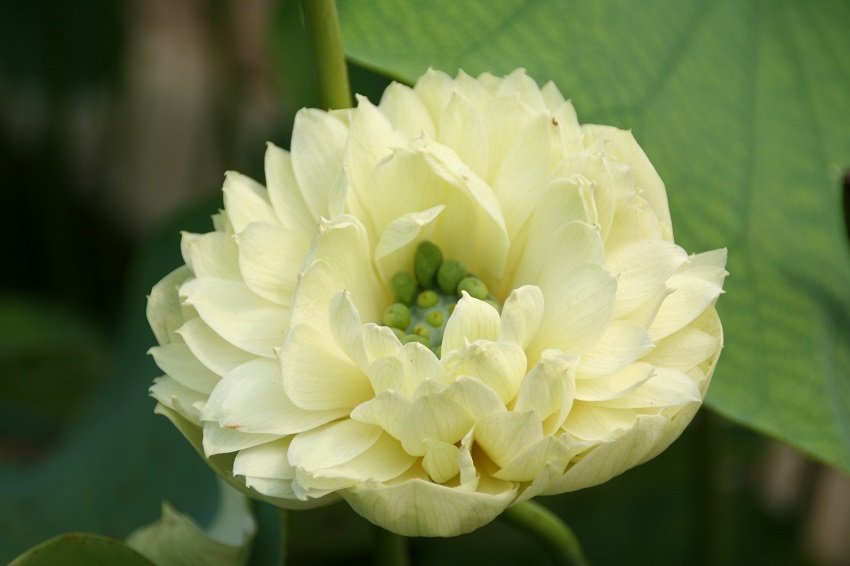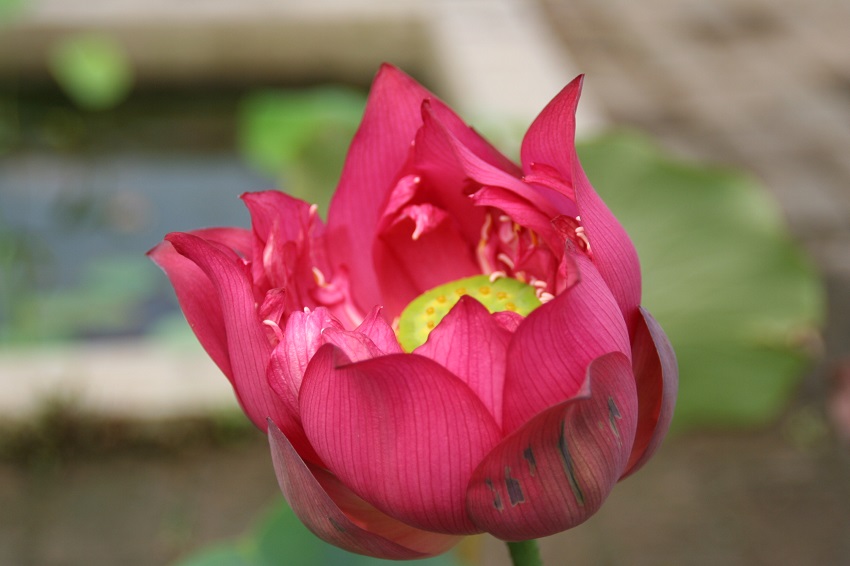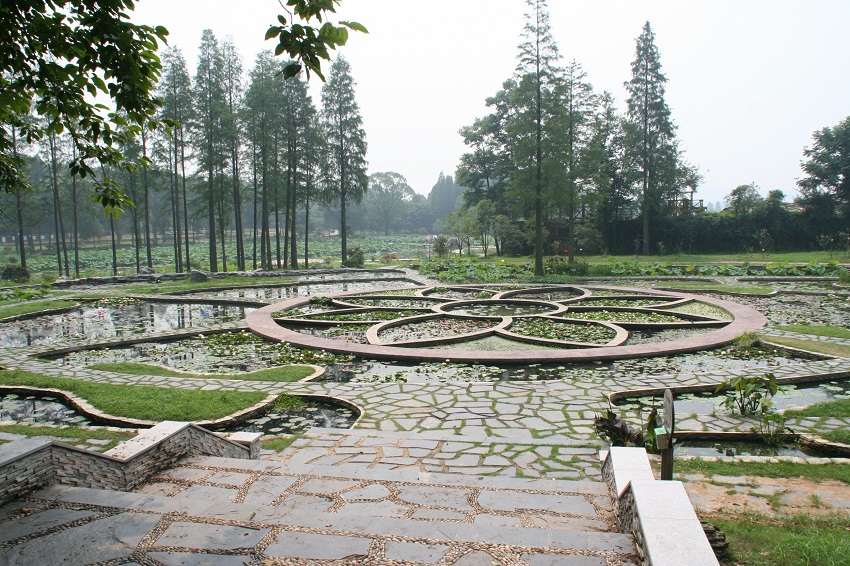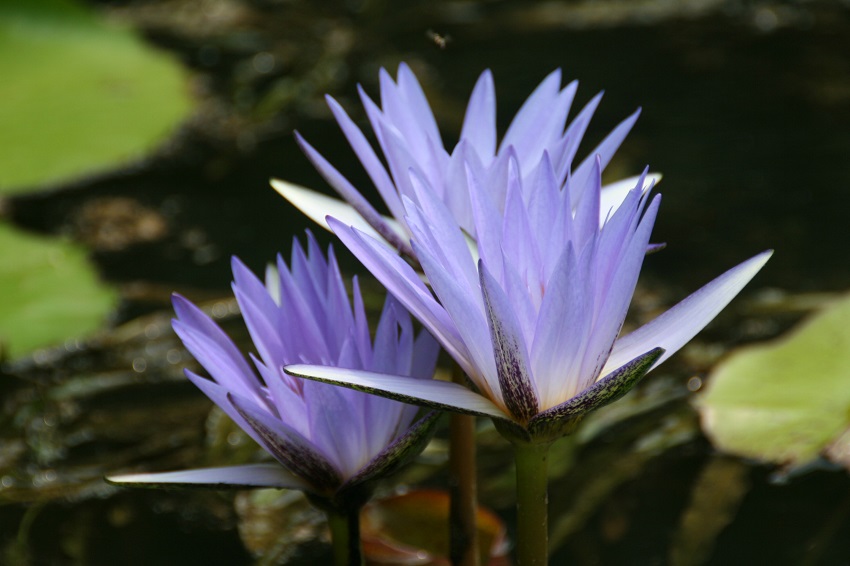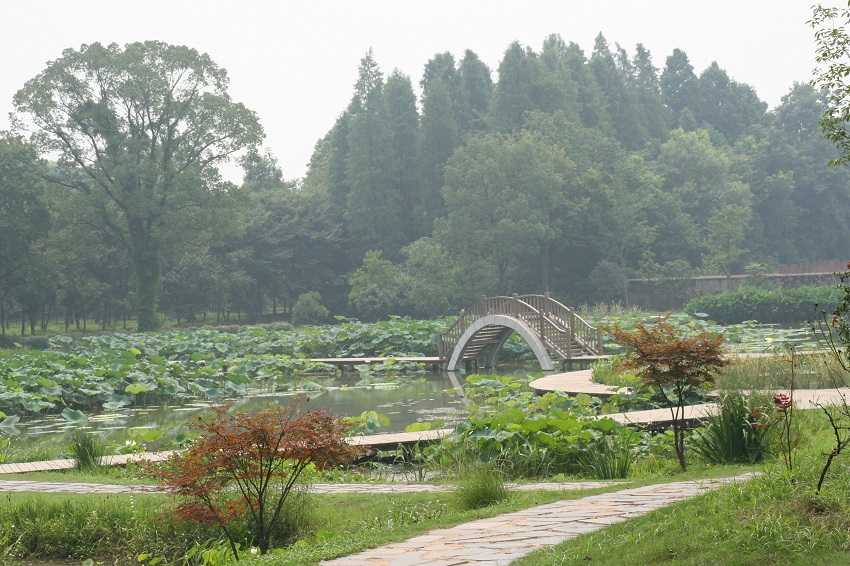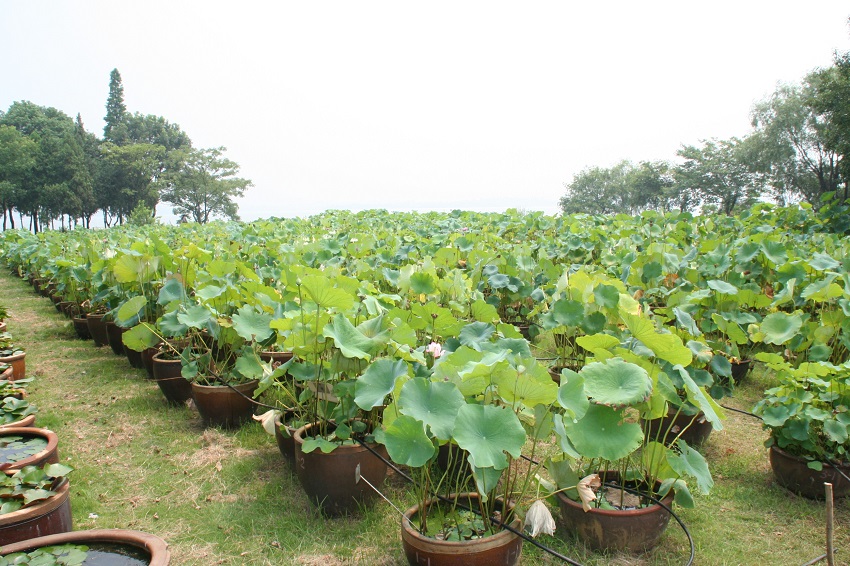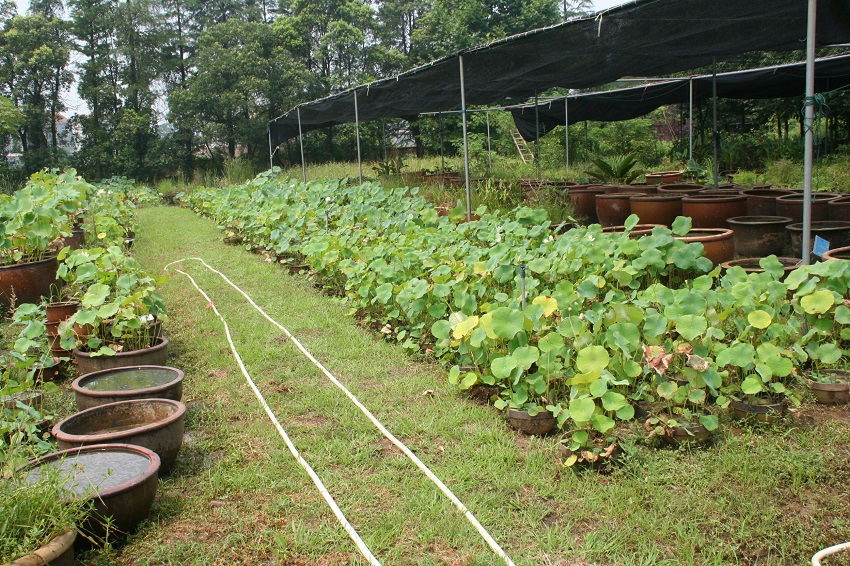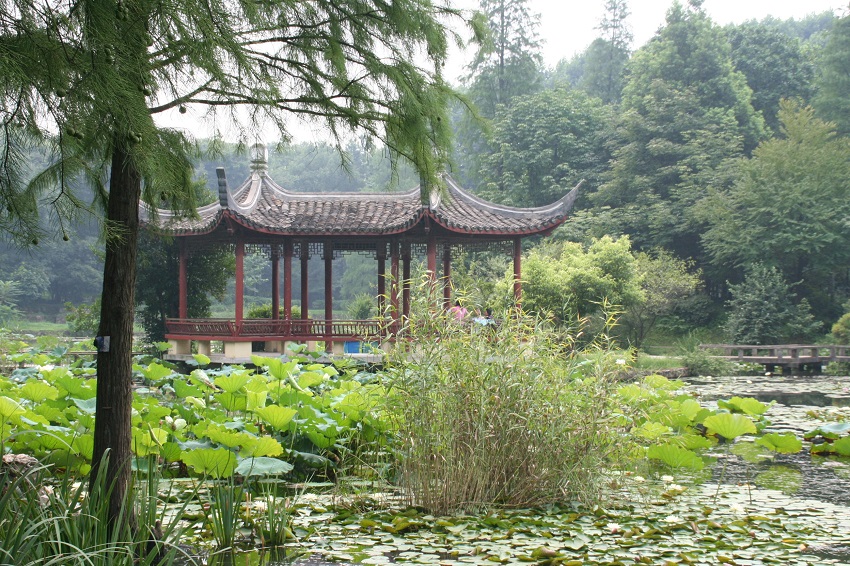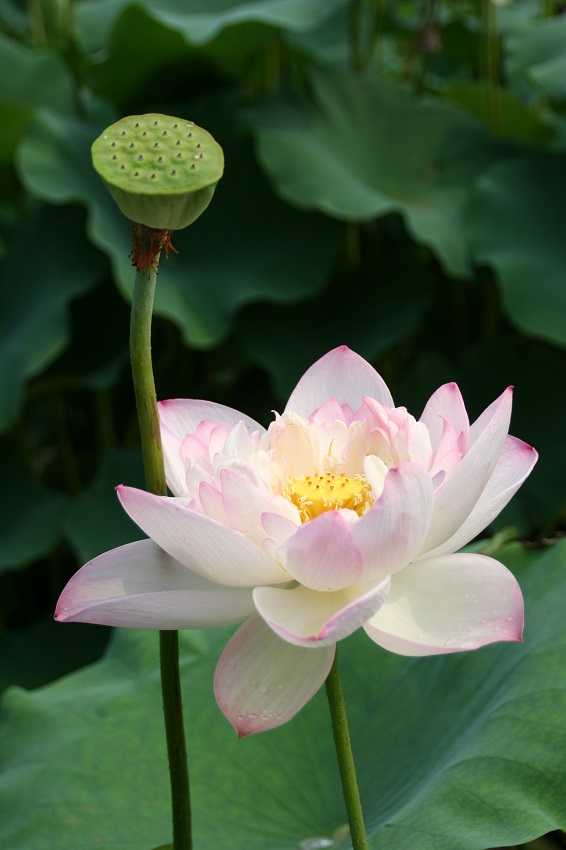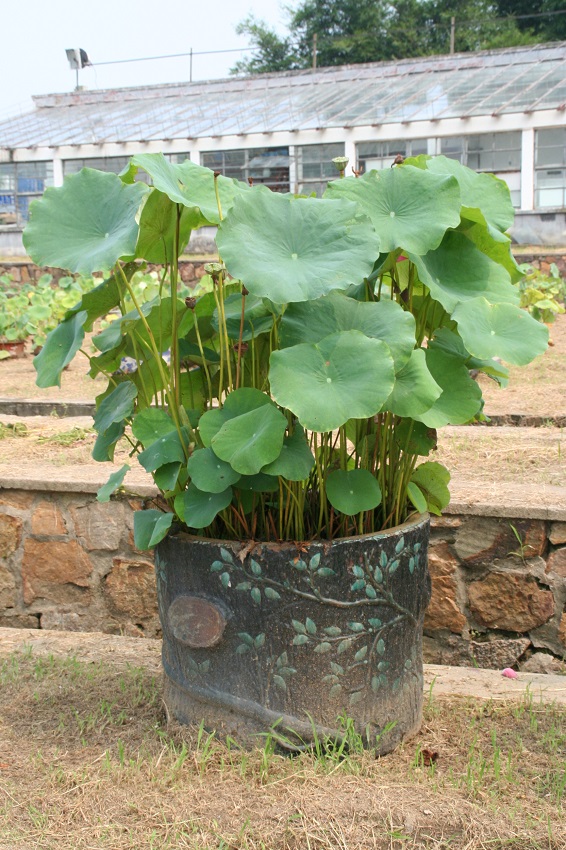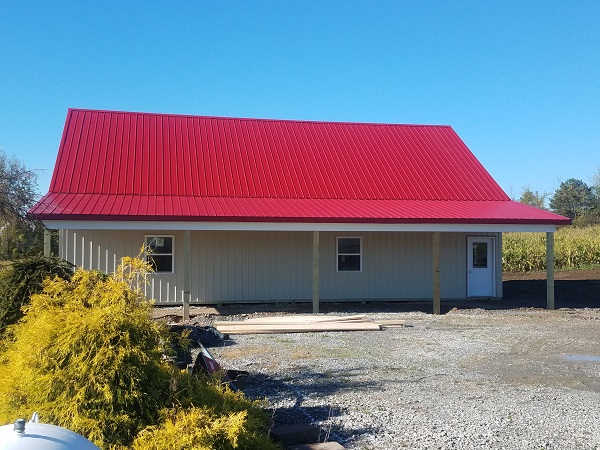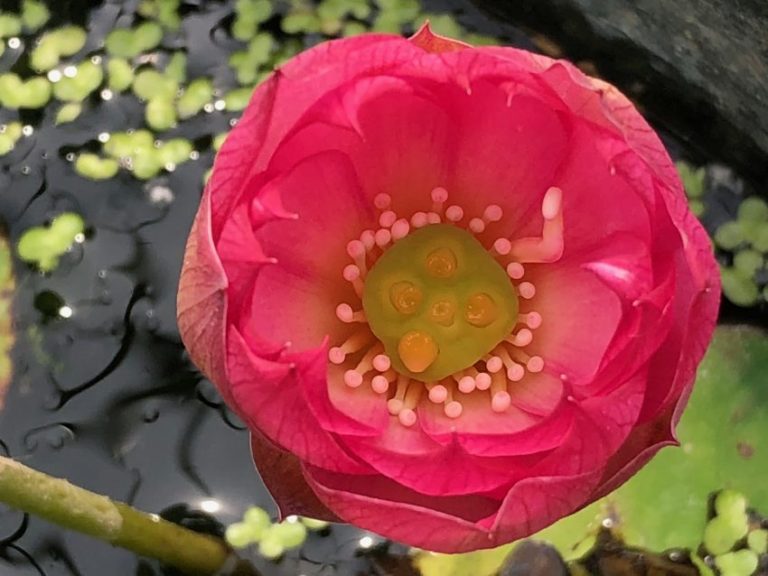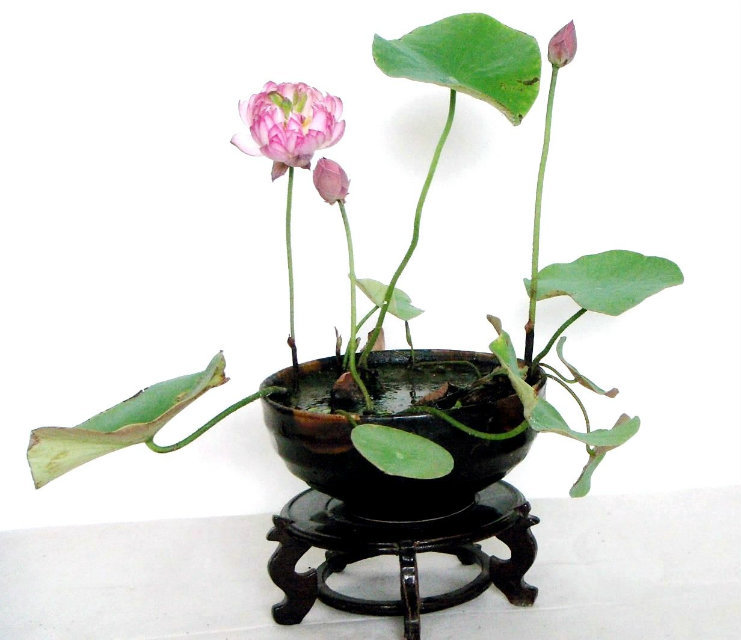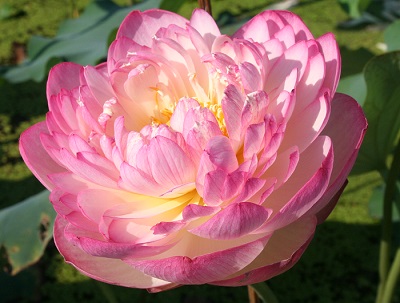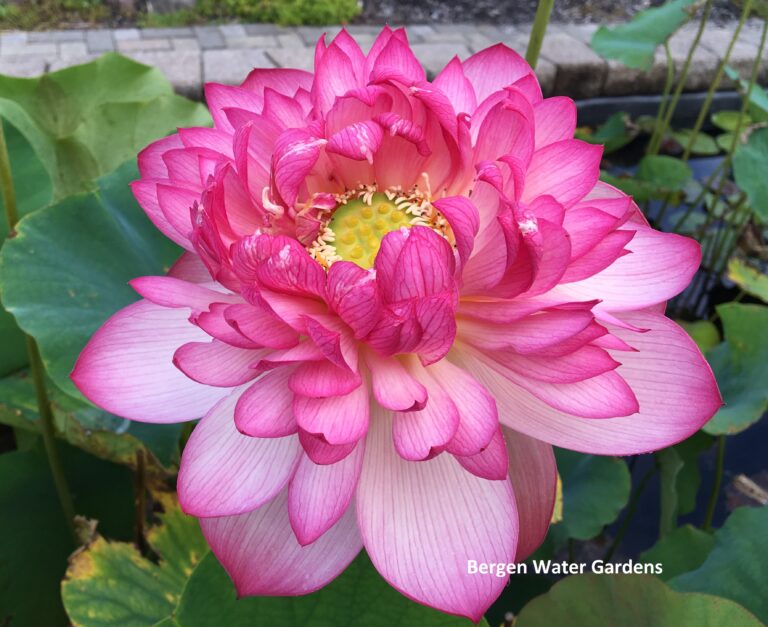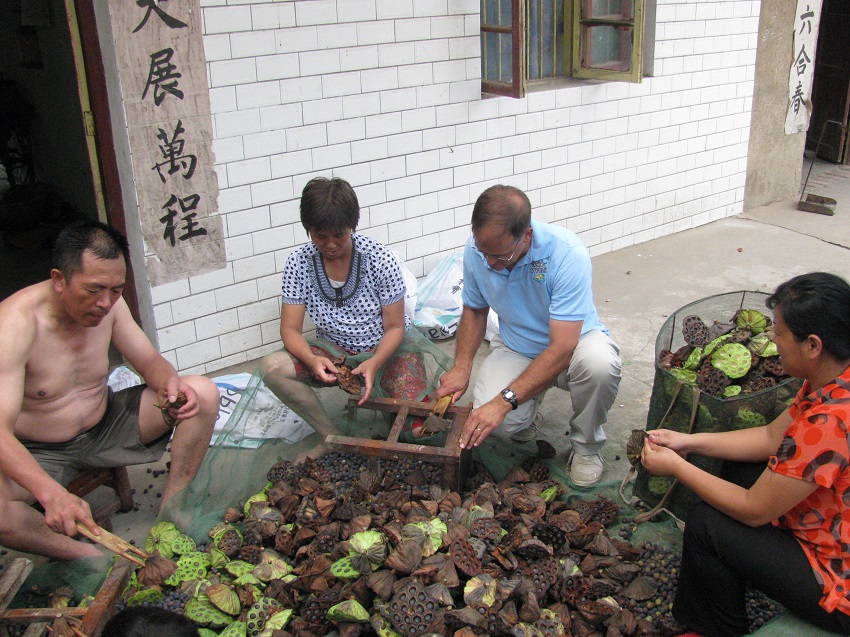
2010 Wuhan China Part 2
After a busy three days in Qingdao, Professor Huang Gouzhen was anxious to take me to his former home in Wuhan, China. In Wuhan, Professor Huang taught at the Academy of Science in Wuhan and contributed much to the Botanical Gardens. Wuhan is an ideal location to work on aquatic plants as most of the terrain is wet a good portion of the year. Lotus, waterlilies, Sagittaria and dozens additional varieties of aquatic plants are studied and hybridized. Wuhan is the traditional center of lotus research in China and is home to a major lotus collection at the Botanical Gardens. With water covering much of China during the year, aquatic plants are grown for food and this region works on perfecting the varieties of aquatic plants grown and consumed.
Seed Lotus:
Lotus seeds are eaten fresh, they can be packaged or dried and made into a type of flour.
Vegetable Lotus
Lotus tubers are also harvested and is common in Chinese cuisine. The tubers may be boiled, fried or pickled.
Aquatic Vegetable Institute
Professor Huang also arranged a tour at the Aquatic Vegetable Institute in Wuhan. Here a team of researchers work on hybridizing and perfecting various aquatic plants for food production. The staff also works with area farmers and provides new varieties to grow and helps to resolve any cultivation problems.
Wuhan Lotus Garden and Wuhan Academy of Science
Although the lotus had already peaked by the end of July, there were still many plants in flower. Professor Huang was thrilled to show me around his former “home base”

